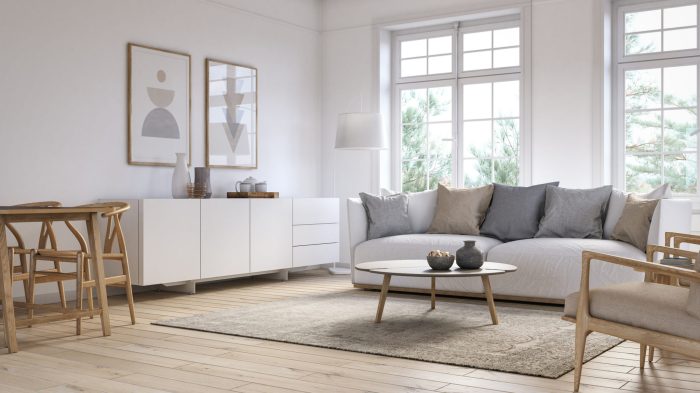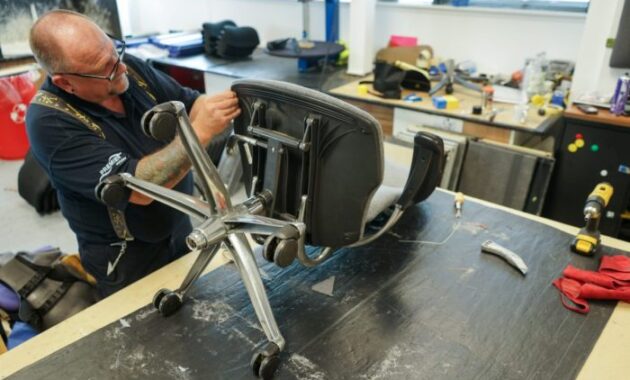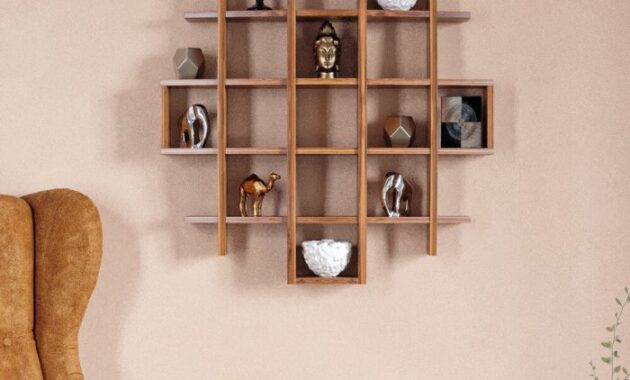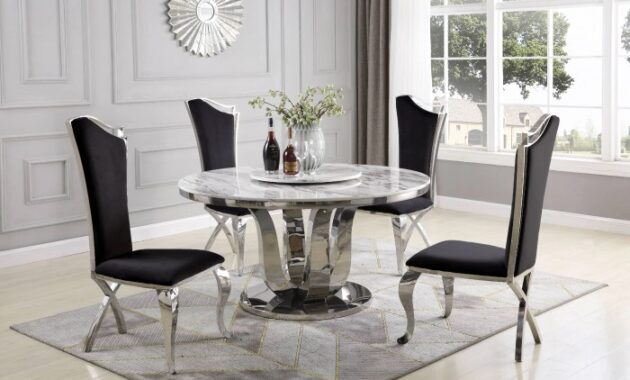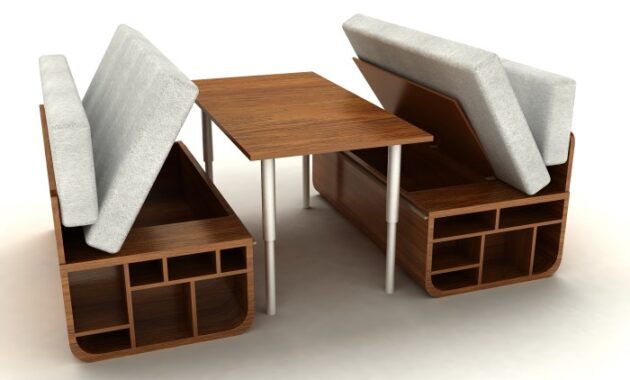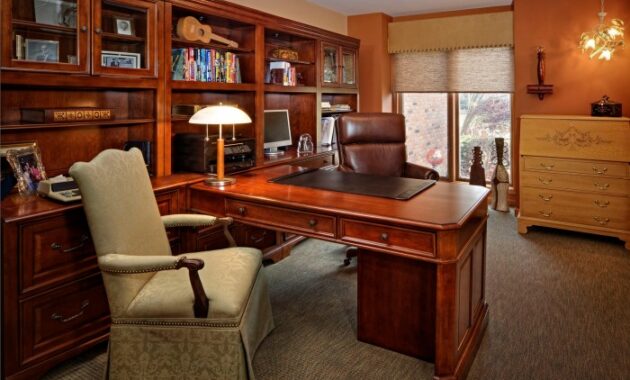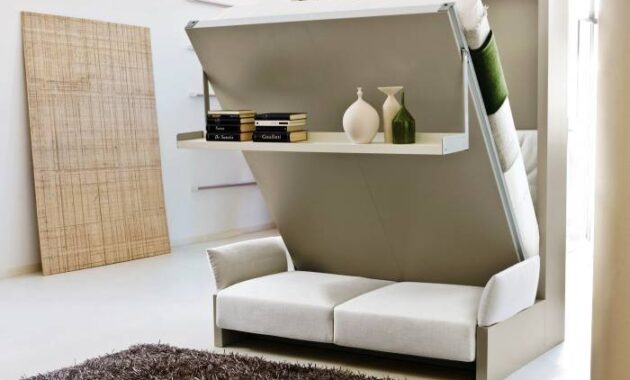Scandinavian furniture embodies timeless elegance and functional design, reflecting a rich history of craftsmanship and innovation. From iconic pieces to sustainable practices, this overview delves into the essence of Scandinavian design.
Explore the philosophy behind this renowned style, the influence of key designers, its impact on interior design, and the commitment to eco-friendly practices.
Overview of Scandinavian Furniture
Scandinavian furniture is known for its minimalist design, functionality, and timeless appeal. The design philosophy behind Scandinavian furniture is based on simplicity, clean lines, and practicality. This style focuses on creating pieces that are both aesthetically pleasing and functional, without unnecessary ornamentation or embellishments.
Characteristics of Scandinavian Furniture
- Natural materials: Scandinavian furniture often incorporates materials such as wood, leather, and wool to create a warm and inviting atmosphere.
- Light colors: Neutral and light tones are commonly used in Scandinavian furniture to enhance the sense of space and light in a room.
- Clean lines: Sharp, clean lines are a hallmark of Scandinavian design, creating a sense of simplicity and elegance.
- Functionality: Scandinavian furniture is designed with a focus on usability and practicality, making it suitable for everyday living.
Materials Used in Crafting Scandinavian Furniture
- Wood: Scandinavian furniture often utilizes high-quality wood such as oak, birch, and pine for a natural and timeless look.
- Leather: Leather upholstery is commonly used in Scandinavian furniture to add a touch of luxury and sophistication.
- Wool: Soft and cozy wool is frequently used in Scandinavian furniture, especially in textiles like blankets and rugs.
- Steel: Metal accents, particularly in the form of steel legs or frames, are sometimes incorporated into Scandinavian furniture for a modern touch.
Popular Scandinavian Furniture Designers

Scandinavian furniture design has a rich history with many influential designers who have shaped the style and aesthetic of the region. Let’s explore some key figures in the world of Scandinavian furniture design.
Alvar Aalto
Alvar Aalto, a Finnish architect and designer, is known for his organic forms and innovative use of materials. His signature style often incorporates bent wood and a focus on functionality. One of his most iconic pieces is the “Paimio Chair,” designed for a tuberculosis sanatorium in the 1930s.
Hans J. Wegner
Hans J. Wegner, a Danish designer, is renowned for his contributions to the “Danish Modern” movement. His designs often feature clean lines, natural materials, and a focus on craftsmanship. The “Wishbone Chair” is one of his most famous creations, known for its elegant silhouette and woven seat.
Arne Jacobsen
Arne Jacobsen, another Danish architect and designer, is best known for his minimalist and functional approach to furniture design. His “Egg Chair” and “Swan Chair” are iconic examples of his work, showcasing his attention to detail and sculptural forms.
Verner Panton
Verner Panton, a Danish designer, was known for his use of vibrant colors and futuristic forms. His “Panton Chair,” a molded plastic seat with a fluid shape, remains a design classic and a symbol of the 1960s aesthetic.
These designers have left a lasting impact on the world of furniture design, embodying the principles of simplicity, functionality, and craftsmanship that define Scandinavian design.
Elements of Scandinavian Interior Design

Scandinavian interior design is characterized by simplicity, functionality, and minimalism. Scandinavian furniture plays a crucial role in achieving this aesthetic, as it is designed to be both practical and visually appealing.
Minimalist Approach
Scandinavian furniture is known for its clean lines, simple shapes, and understated elegance. The focus is on creating a clutter-free environment that promotes a sense of calm and serenity. By incorporating minimalist furniture pieces, such as sleek sofas and streamlined coffee tables, Scandinavian interior design helps to create a sense of spaciousness and openness in a living space.
Functionality
One of the key principles of Scandinavian interior design is the emphasis on functionality. Scandinavian furniture is designed to be not only aesthetically pleasing but also highly practical. Pieces like multifunctional storage solutions, versatile seating options, and ergonomic workspaces are common features in Scandinavian interiors. This focus on functionality ensures that every piece of furniture serves a purpose and contributes to the overall comfort and efficiency of the space.
Color Schemes and Textures
Scandinavian interior design often features a neutral color palette, with white, gray, and beige being predominant colors. These light, airy hues help to create a sense of brightness and warmth in the space. Additionally, natural materials such as wood, leather, and wool are commonly used in Scandinavian furniture to add texture and warmth to the design. The combination of light colors and natural textures contributes to the cozy and inviting atmosphere that is characteristic of Scandinavian interiors.
Sustainability in Scandinavian Furniture

Scandinavian furniture is known for its strong emphasis on sustainability, which is evident in the eco-friendly practices and materials used in crafting these pieces. Let’s delve deeper into how sustainability plays a significant role in Scandinavian furniture design and consumer choices.
Eco-Friendly Practices and Materials
Scandinavian furniture designers prioritize using environmentally friendly materials such as sustainably sourced wood, natural fibers, and recycled materials. These sustainable practices help reduce the environmental impact of furniture production and contribute to a healthier planet.
- Wood: Scandinavian furniture often utilizes FSC-certified wood, ensuring that forests are managed responsibly to promote biodiversity and sustainability.
- Natural fibers: Materials like organic cotton, wool, and linen are commonly used in Scandinavian furniture upholstery, reducing the reliance on synthetic fabrics and promoting natural, biodegradable options.
- Recycled materials: Designers incorporate recycled materials into their pieces, giving new life to old items and reducing waste in the production process.
Longevity and Durability, Scandinavian furniture
One key aspect of sustainability in Scandinavian furniture is the focus on longevity and durability. By creating high-quality pieces that are built to last, designers aim to reduce the frequency of furniture replacements, ultimately decreasing the environmental footprint associated with furniture consumption.
Scandinavian furniture is designed to withstand the test of time, with a timeless aesthetic that transcends trends and fads.
Influence on Consumer Choices
The sustainability of Scandinavian furniture plays a significant role in consumer choices, as more individuals are becoming conscious of the environmental impact of their purchases. Consumers are increasingly seeking out furniture that is ethically produced, environmentally friendly, and built to last, aligning with the values of Scandinavian design principles.
- Preference for sustainable materials: Consumers are drawn to Scandinavian furniture for its use of eco-friendly materials and sustainable production practices, reflecting a growing demand for environmentally conscious products.
- Investment in quality pieces: The longevity and durability of Scandinavian furniture make it an attractive investment for consumers looking to minimize waste and reduce their environmental footprint.
- Ethical considerations: By choosing Scandinavian furniture, consumers can support ethical and sustainable practices in the furniture industry, contributing to a more sustainable future.
In conclusion, Scandinavian furniture continues to captivate with its blend of simplicity and sophistication, making it a versatile choice for modern living spaces. Embracing sustainability and minimalism, this design aesthetic stands the test of time, offering both beauty and functionality in equal measure.
When it comes to furnishing your living room, a stylish and comfortable sofa sets the tone for the entire space. A well-chosen sofa set can enhance the aesthetics of your room while providing a cozy spot for relaxation. Whether you prefer a modern, minimalist design or a classic, traditional look, there are plenty of options available to suit your style and budget.
When it comes to decorating your living room, a stylish and comfortable sofa set is essential. At Sofa sets , you can find a wide range of designs to suit your taste and space. Whether you prefer a sleek modern look or a cozy traditional feel, there is something for everyone. With high-quality materials and craftsmanship, these sofa sets are not only aesthetically pleasing but also durable for everyday use.

